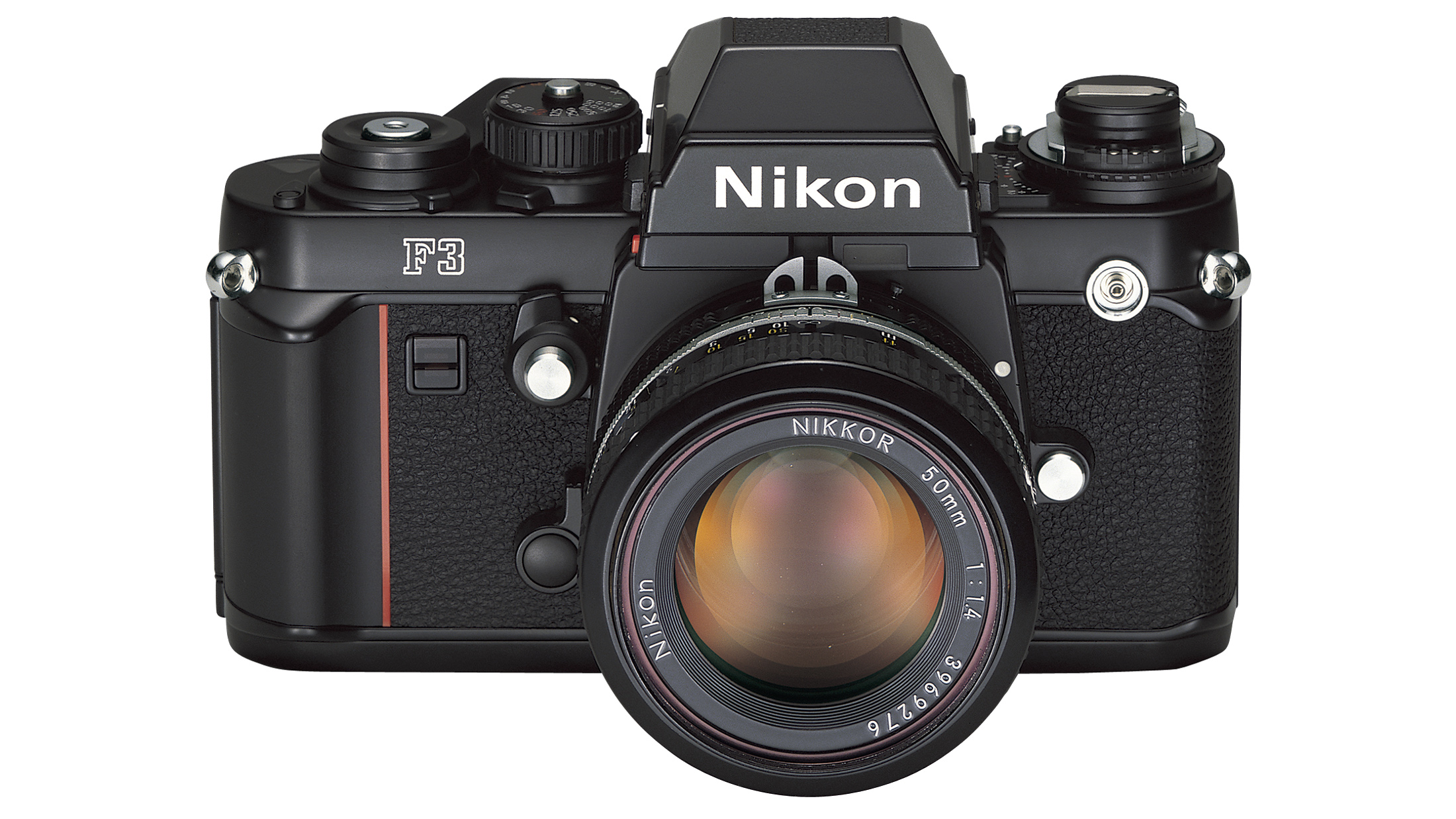New Canon patents reveal THREE possible RF lenses with built-in teleconverters
Could Canon be set to release 300mm, 400mm and 600mm RF-mount lenses, each containing a 1.4x teleconverter?
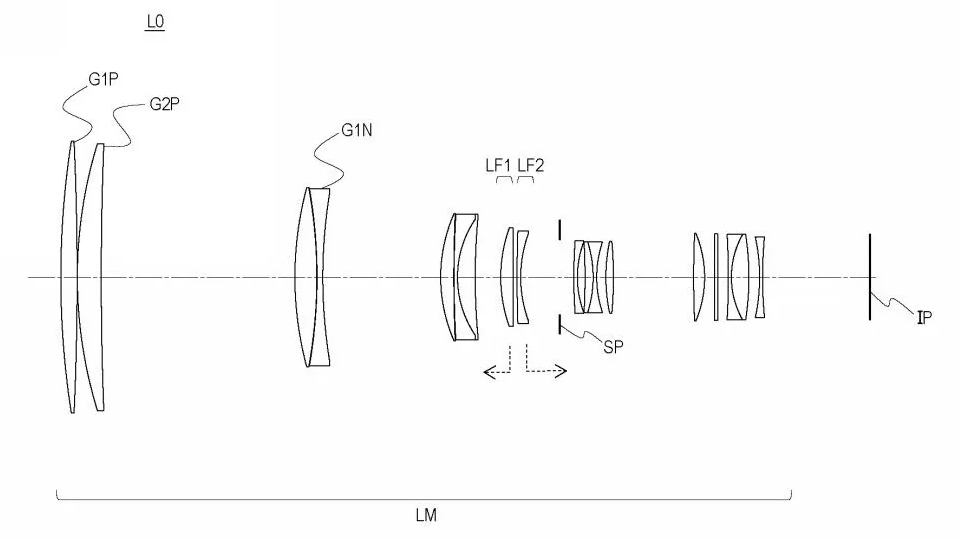
Canon is clearly going all-in on expanding its RF-mount lens range. Judging by recent patents, we might get at least one native RF-mount telephoto lens with a built-in teleconverter. According to Japanese patent 2022142979, published October 3rd, Canon is considering not one but possibly three such lenses: a 300mm f/2.8, 400mm f/2.8 and 600mm f/4, each with a built-in teleconverter.
The (translated) wording of the patent is much more general, describing the feature as: "An object of the present invention is to provide an optical system having a variable power optical system that is inserted into and removed from a main optical system, and to achieve good optical performance while reducing the weight of the entire system."
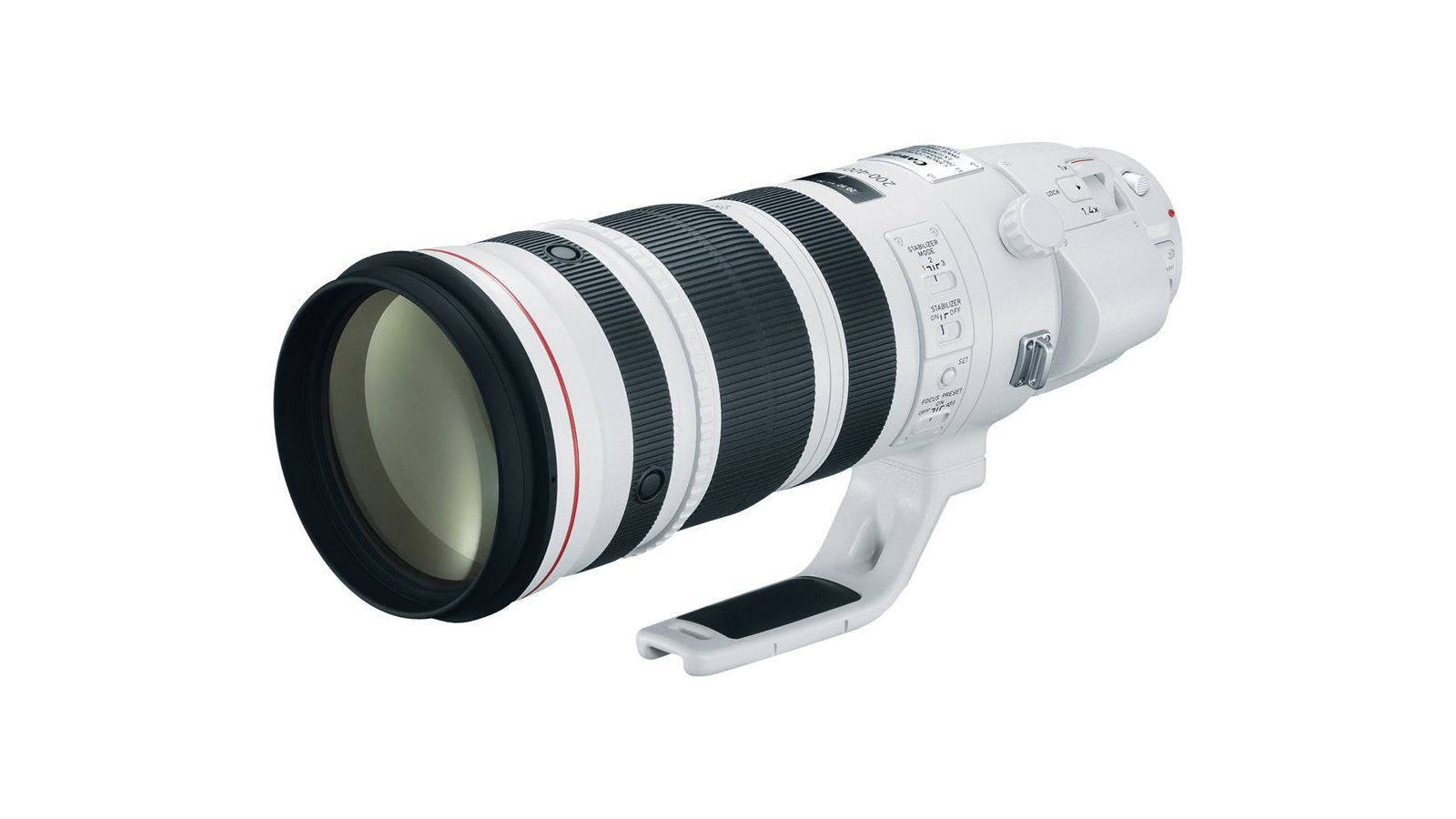
A lens with a built-in teleconverter may be a first for the RF system, but Canon has already implemented such a feature in one of its EF-mount DSLR lenses, namely the Canon EF 200-400mm f/4L IS USM Extender 1.4x. If you're unfamiliar with this lens, that's hardly surprising, as at north of $11,000, it's not something you'll find in every shooter's kit bag. We've been lucky enough to review one though, and the Extender technology works remarkably well. Simply flick the lever at the back of the lens barrel and you can extend the maximum focal length to an effective 560mm.
Inevitably, inserting additional lens elements into the optical path will introduce some compromises. In the case of the 200-400mm, the maximum aperture narrows by 1 f/stop to f/5.6 with the teleconverter enabled. We also measured a 10-15% reduction in image sharpness across the frame.
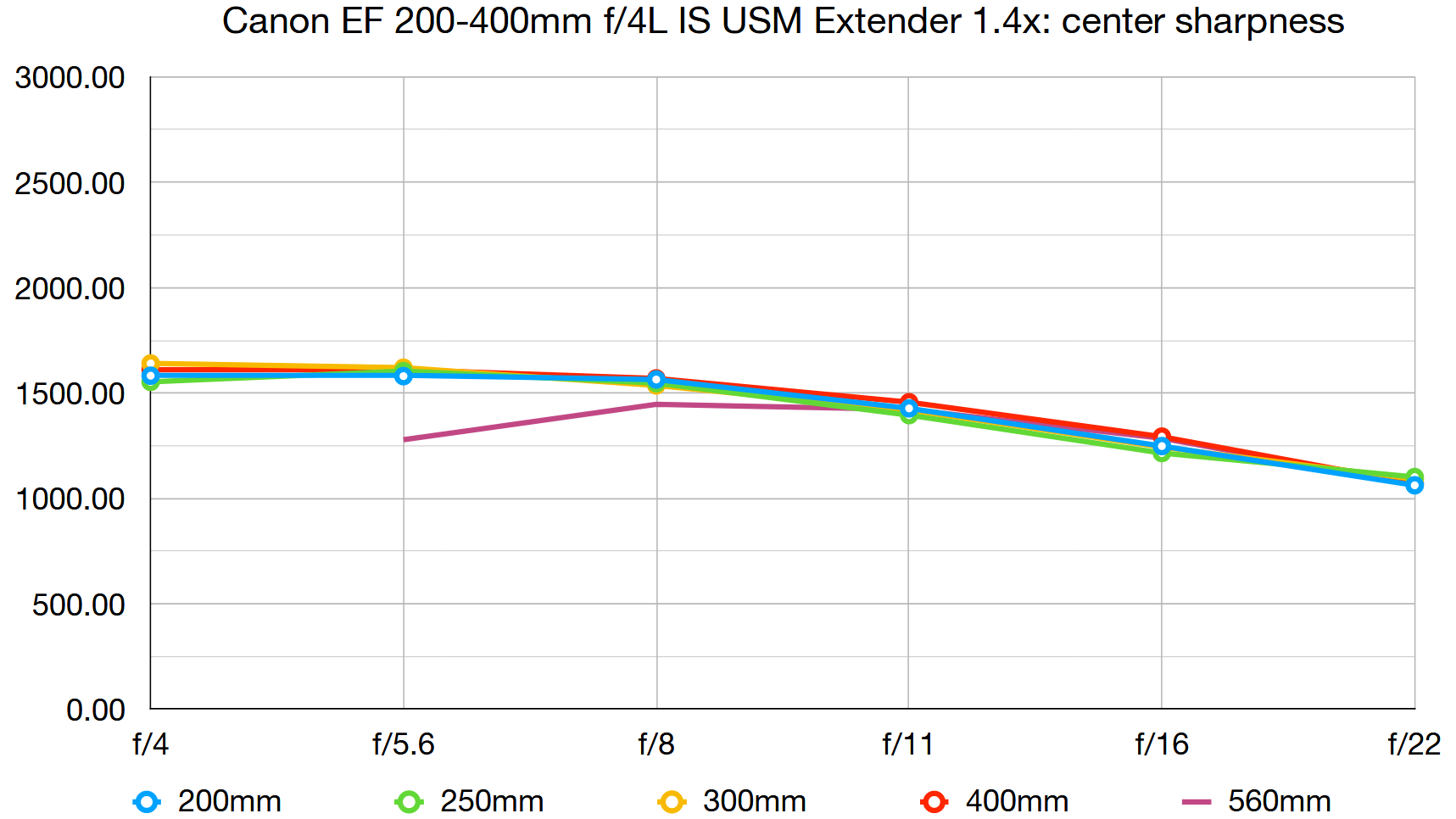
But such drawbacks are relatively minor when set against the benefits of incorporating a teleconverter into a lens. The overall size of the optic can be reduced compared to lens with a natively longer maximum focal length. It also allows for a larger maximum aperture within a set lens barrel size when using the standard focal range, as in the case of the EF 200-400mm, the lens elements required to facilitate an f/4 aperture with a 560mm maximum native focal length would likely be significantly larger, further adding to the lens's overall weight and bulk.
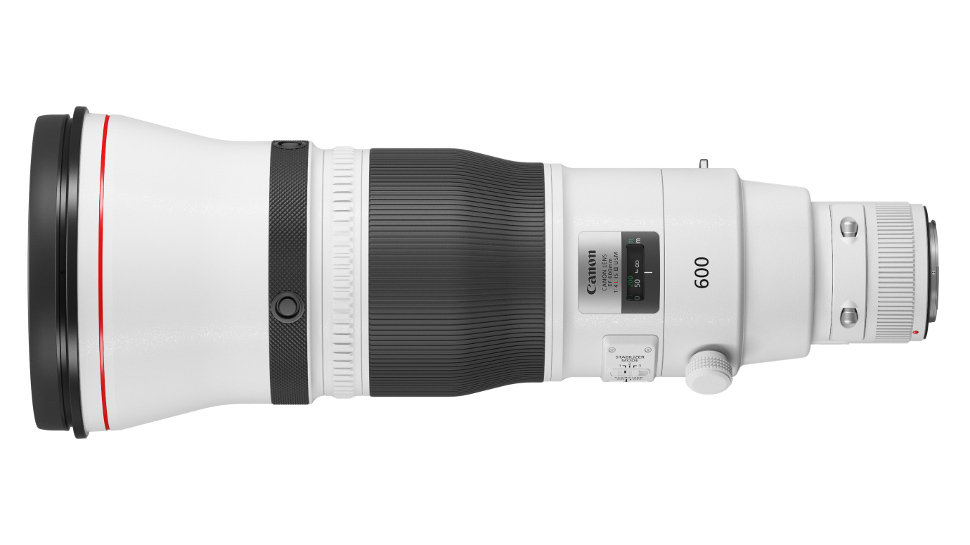
When an actual retail RF-mount lens with a built-in teleconverter may appear is anyone's guess. But given Canon already has the technology, it's 'simply' a matter of adapting it to the RF system. One thing we can be reasonably sure about is such lenses are likely to cost big bucks. But thankfully if you're after plenty of telephoto reach for an EOS R-series camera, don't forget Canon already has you covered, with the innovative RF 600mm F11 IS STM and RF 800mm F11 IS STM.
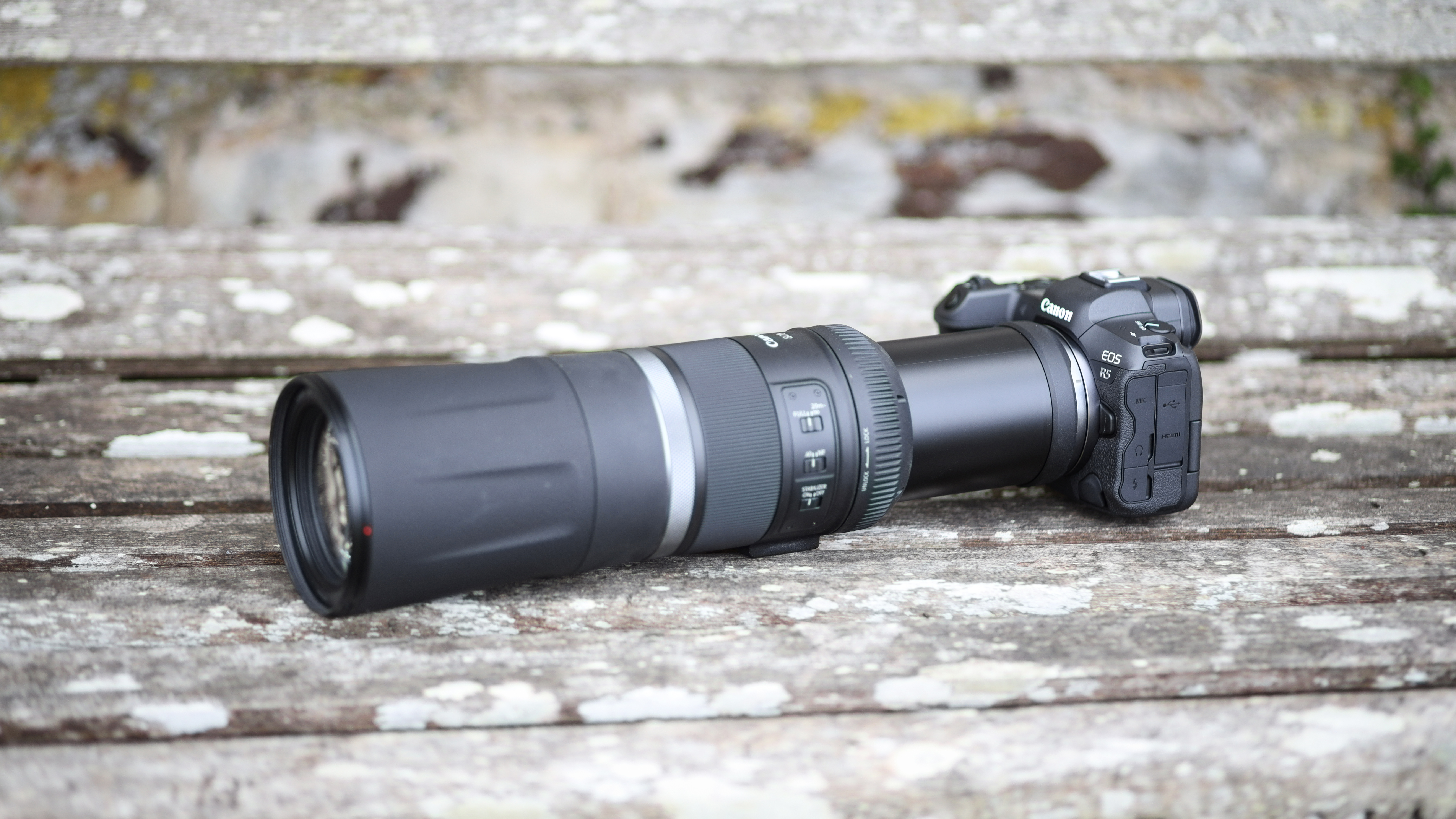
Some more information about the prospective RF 400mm and 600mm teleconverter lenses taken from the patents:
Get the Digital Camera World Newsletter
The best camera deals, reviews, product advice, and unmissable photography news, direct to your inbox!
Example 1 ML
Focal length: 389.00
F-value: 2.91
Half angle of view: 3.18
Image height: 21.64
Total length: 406.00
Back focus: 53.83
Example 1 with teleconverter
Focal length: 544.00
F-value: 4.19
Half angle of view: 2.28
Image height: 21.64
Overall length: 406.01
Back focus: 53.83
Example 2 ML
Focal length: 582.00
F-value: 4.12
Half angle of view: 2.13
Image height: 21.64
Overall length: 486.10
Back focus: 81.91
Example 2 with teleconverter
Focal length: 814.80
F-value: 5.88
Half angle of view: 1.52
Image height: 21.64
Overall length: 486.10
Back focus: 81.91
Read more:
The best Canon telephoto lenses
The best budget telephoto lenses
The best lenses for bird photography
The best monopod: the perfect support for telephotos and low light
Ben is the Imaging Labs manager, responsible for all the testing on Digital Camera World and across the entire photography portfolio at Future. Whether he's in the lab testing the sharpness of new lenses, the resolution of the latest image sensors, the zoom range of monster bridge cameras or even the latest camera phones, Ben is our go-to guy for technical insight. He's also the team's man-at-arms when it comes to camera bags, filters, memory cards, and all manner of camera accessories – his lab is a bit like the Batcave of photography! With years of experience trialling and testing kit, he's a human encyclopedia of benchmarks when it comes to recommending the best buys.

